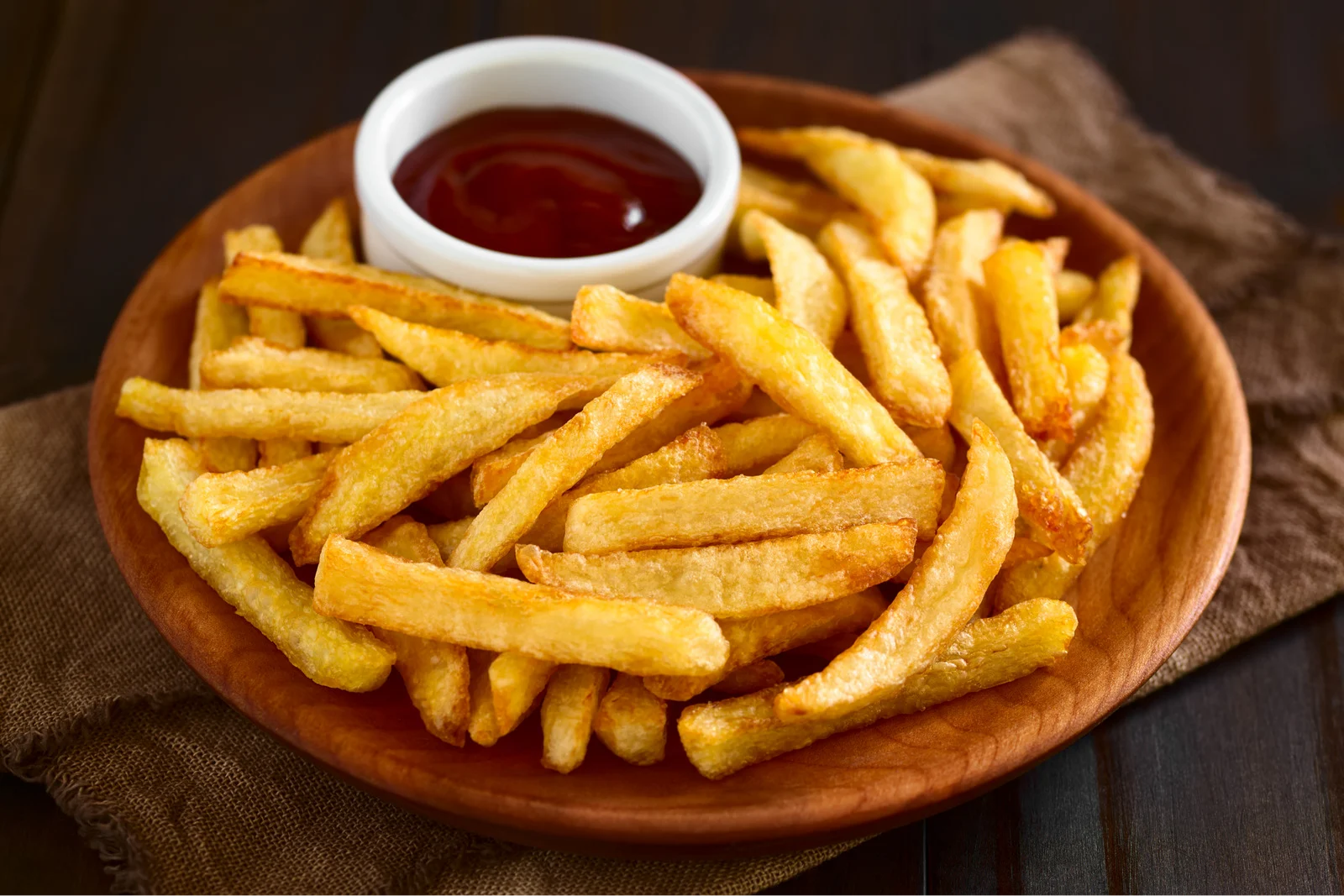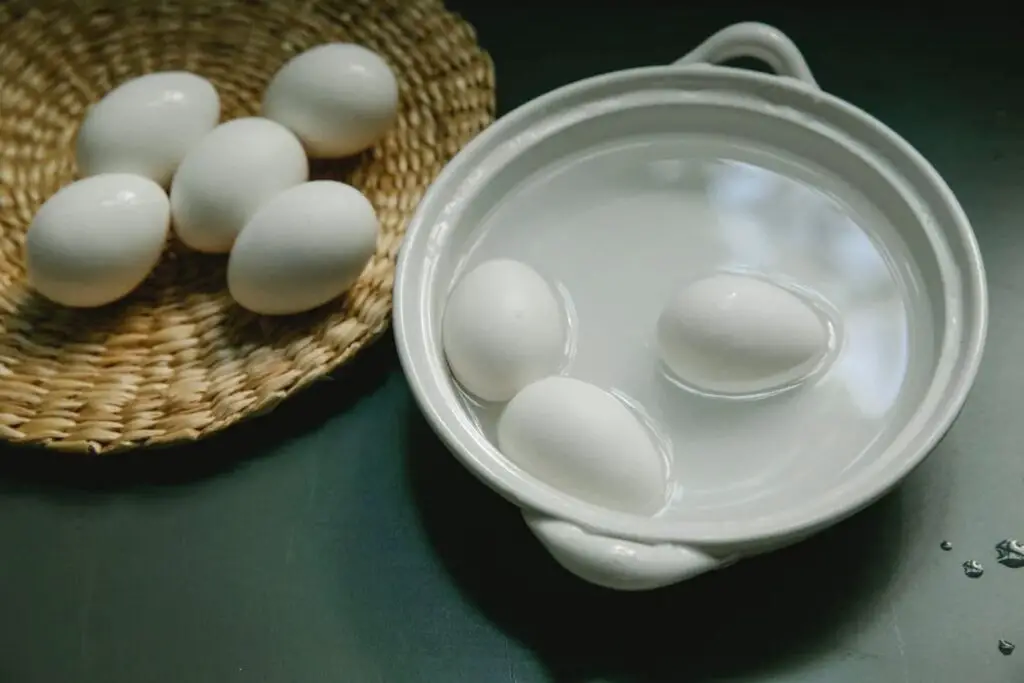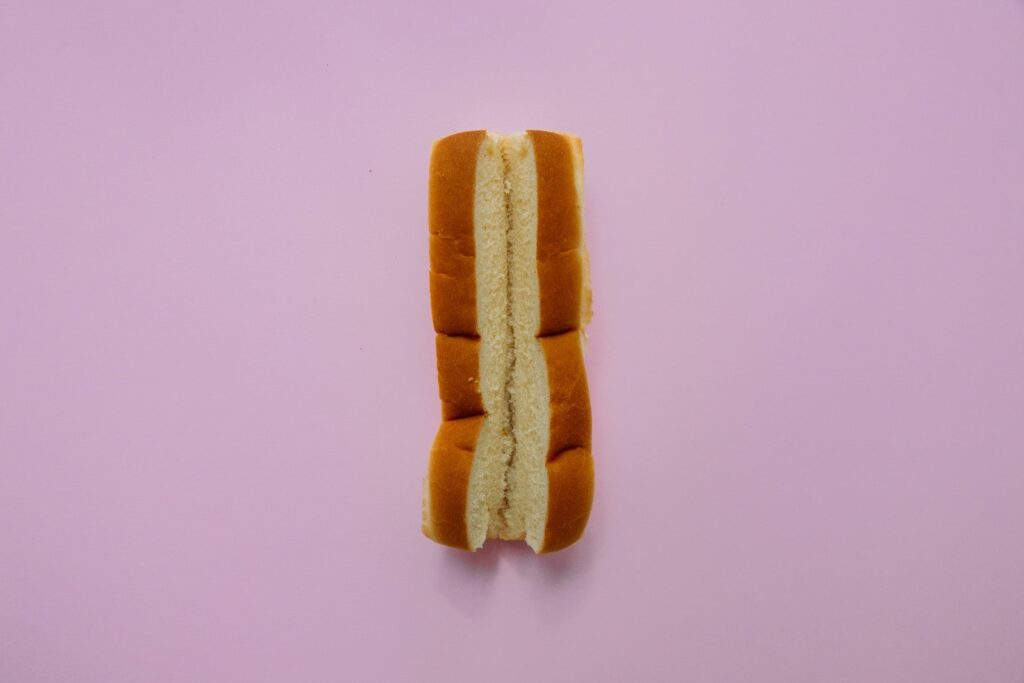
Potato fries, with their crispy exterior and fluffy interior, are an irresistible and beloved side dish enjoyed by people of all ages around the world. Whether served as a complement to burgers, sandwiches, or as a flavorful snack on their own, these golden delights hold a special place in the hearts of many food enthusiasts. Made from freshly cut potatoes, seasoned to perfection, and deep-fried to achieve that delectable crunch, potato fries are a timeless favorite. However, making a large batch of fries can lead to leftovers, leaving us wondering how to best preserve their crispy goodness. Freezing potato fries emerges as a practical solution to extend their enjoyment, allowing you to savor the irresistible taste and texture of these beloved treats whenever the craving strikes, without the need for a fresh preparation. In this guide, we will explore the best practices for freezing potato fries, ensuring that their crispy exterior, fluffy interior, and delightful flavor remain intact, ready to be enjoyed as a satisfying snack or side dish, even when you are in the mood for some crispy goodness.
Here are the simple steps to freeze potato fries:
Step 1: Prepare your Potato Fries
Freezing potato fries is to have them prepared and ready for the freezing process. There are two primary scenarios for this step: making the potato fries from scratch or using leftover fries that you want to store.
If you decide to make potato fries from scratch, begin by selecting fresh potatoes. Look for potatoes that are firm, without any green spots or sprouting. While various types of potatoes can be used, Russet potatoes are a popular choice due to their high starch content, which results in crispy fries.
To start the preparation, wash the potatoes thoroughly under cold running water to remove any dirt or debris. Peeling the potatoes is optional, depending on personal preference and the type of fries you want to make. Some people prefer to keep the skin on for added texture and nutritional value.
Next, cut the potatoes into your desired fry shape. The most common shape is a long, rectangular stick, about 1/4 to 1/2 inch thick. You can achieve this by cutting the potatoes lengthwise into slices and then cutting those slices into sticks. It’s essential to try to keep the fry shapes relatively uniform to ensure even cooking and freezing.
If you have leftover potato fries that you want to freeze, ensure they have cooled to room temperature before starting the freezing process. This is important to avoid condensation forming inside the storage containers, which can lead to freezer burn and diminish the quality of the fries.
By having your potato fries ready to be frozen and can proceed to the next steps in the freezing process with confidence. Whether you’ve made them from scratch or have some delicious leftovers, freezing potato fries is an excellent way to preserve their taste and texture for later enjoyment.
Step 2: Arrange the Potato Fries on a Baking Sheet
After preparing your potato fries, the next crucial step is to arrange them in a single layer on a baking sheet or tray. This step is essential to prevent the fries from clumping together during the freezing process and ensures that each fry freezes individually.
To begin, take a baking sheet or a flat tray and line it with parchment paper or a silicone baking mat. This will help prevent the fries from sticking to the surface and make it easier to remove them once they are frozen.
Take the prepared potato fries and spread them out on the baking sheet in a way that they do not touch each other. Leaving space between the fries ensures that they will freeze separately and won’t fuse together into a solid block. If the fries touch or overlap during freezing, they may become difficult to separate, leading to uneven cooking and a less enjoyable eating experience.
Try to arrange the fries evenly, making sure they are not stacked on top of one another. You can use multiple baking sheets or trays if needed to accommodate all the fries while maintaining a single layer.
Once you have successfully arranged the potato fries on the baking sheet, place it in the freezer. It’s essential to make sure the baking sheet lies flat in the freezer to avoid any tilting or unevenness that might cause the fries to shift during freezing.
Allow the potato fries to freeze on the baking sheet for at least an hour or until they are partially frozen. This preliminary freezing, also known as “pre-freezing,” will help preserve the individual shapes of the fries and prevent them from sticking together in the final storage container.
By carefully arranging the potato fries on a baking sheet in a single layer, you ensure that they freeze individually and maintain their distinct shapes. This simple step contributes significantly to the overall quality and convenience of frozen potato fries, allowing you to enjoy them later without any hassle.
Step 3: Pre-Freeze the Potato Fries
Pre-freezing the potato fries is a crucial step in the freezing process that helps maintain the individuality of each fry and prevents them from sticking together in the final storage container. This step involves placing the baking sheet with the arranged potato fries into the freezer and allowing them to partially freeze before transferring them to a more permanent storage container.
Once you have arranged the potato fries on the baking sheet in a single layer, carefully place the baking sheet in the freezer. It’s essential to ensure that the baking sheet lies flat in the freezer to avoid any tilting or shifting that might cause the fries to merge or stick together during freezing.
The pre-freezing period typically lasts for about an hour, but it can vary depending on the thickness and size of the fries as well as the temperature of your freezer. The aim is to have the fries partially frozen, meaning they are firm to the touch but not completely solid.
During pre-freezing, the moisture within the fries starts to freeze, creating a protective layer around each individual fry. This process helps to maintain their distinct shapes and prevents them from clumping together when they are transferred to the final storage container.
Pre-freezing the potato fries individually is essential because if they were directly placed together in a storage container before partially freezing, they could freeze into a solid mass, making it challenging to separate and use them later. Additionally, clumped fries may lead to uneven cooking and a less appealing texture when reheated.
Step 4: Transfer to Freezer-Safe Containers
After pre-freezing the potato fries on the baking sheet, the next step is to transfer them to freezer-safe containers or resealable plastic bags for long-term storage in the freezer. Proper storage is essential to maintain the quality and taste of the frozen potato fries, and using freezer-safe containers is crucial for preventing freezer burn and preserving their texture.
To start, carefully remove the pre-frozen potato fries from the baking sheet. You may need a spatula or a flat utensil to gently lift them off the surface without causing any damage to their shape.
Choose freezer-safe containers that are suitable for the amount of potato fries you want to freeze. These containers should be made of materials specifically designed to withstand low temperatures and prevent moisture from entering or escaping. Alternatively, you can use resealable plastic bags specifically labeled as “freezer bags,” which are designed to provide a better seal and prevent air from entering.
If using freezer-safe containers, place the pre-frozen potato fries inside, making sure they are arranged in a single layer to prevent clumping. Avoid overcrowding the container, as this could lead to fries getting stuck together.
If using resealable plastic bags, carefully place the potato fries inside the bag. Seal the bag almost entirely, leaving a small opening for air to escape. Squeeze out as much air as possible from the bag before sealing it completely. Removing excess air helps prevent freezer burn, which occurs when moisture in the food evaporates and crystallizes on the surface, negatively impacting the taste and texture of the frozen fries.
Once the potato fries are securely stored in freezer-safe containers or bags, place them back in the freezer. Ensure they are positioned in the coldest part of the freezer and not stacked on top of each other to avoid any potential crushing or damage.
Properly storing the potato fries in freezer-safe containers or resealable plastic bags ensures that they remain fresh and free from freezer burn. When you’re ready to enjoy them, you can take out as many fries as needed without thawing the entire batch, making them a convenient and delicious treat to have on hand whenever the craving strikes.
Step 5: Label and Date the Containers
Labeling and dating the containers of frozen potato fries is a crucial step in the freezing process that helps you keep track of the freezing time and ensures that you use the oldest fries first. It also allows you to note any specific seasoning or type of potato used, especially if you have different batches stored in the freezer.
When the potato fries are already securely stored in freezer-safe containers or resealable plastic bags, take a marker or a label and write down the date of freezing on each container. Be sure to write the date clearly and prominently, making it easy to read even when the containers are stacked or stored together.
Dating the containers helps you keep track of how long the potato fries have been in the freezer. While frozen potato fries can remain safe to eat indefinitely, their quality can gradually decline over time due to factors like freezer burn or loss of flavor. For the best taste and texture, it’s generally recommended to consume frozen potato fries within three to six months of freezing.
Additionally, if you have different batches of potato fries with varying seasonings or made from different types of potatoes, consider writing down these details on the labels as well. This information can be helpful when you’re choosing which batch of fries to use or if you want to recreate a particular flavor profile in the future.
By labeling and dating the containers, you can easily identify the oldest batch of fries and ensure they are used first. This practice helps prevent food waste and ensures that you enjoy the potato fries at their peak quality. It also provides an organized and efficient system for managing your frozen food inventory, making it easy to plan meals and use up the frozen items in a timely manner.
With clear labels and dates on each container, you’ll have a well-organized freezer and be able to enjoy your frozen potato fries with confidence, knowing that they are still in their best condition for a delightful and satisfying culinary experience.
Step 6: Store in the Freezer
Storing the labeled containers of potato fries in the freezer is the final step in the freezing process. Proper freezer storage is essential to maintain the best quality and freshness of the frozen potato fries for an extended period.
To store the potato fries, find the coldest part of your freezer. Typically, the coldest section is located at the back or the bottom of the freezer. It’s crucial to place the containers in this area to ensure consistent and even freezing.
Ensure that the temperature of your freezer is set to 0°F (-18°C) or lower. This temperature range is ideal for freezing and preserving the quality of most foods, including potato fries. Lower temperatures prevent bacterial growth and slow down enzymatic reactions, helping to maintain the taste, texture, and overall freshness of the fries during storage.
Proper storage conditions, including the right temperature and placement in the coldest part of the freezer, help prevent freezer burn and maintain the flavor and texture of the frozen potato fries. Freezer burn occurs when food is exposed to air and loses moisture, resulting in dry, discolored, and unpleasant-tasting food.
It’s essential to avoid frequent temperature fluctuations in the freezer, such as leaving the freezer door open for an extended period or placing hot items next to the frozen potato fries. These fluctuations can lead to a loss of quality and increase the risk of spoilage.
By storing in the freezer, you can ensure that your frozen potato fries remain in optimal condition and ready to be enjoyed whenever you have a craving for this delicious treat. Properly stored frozen potato fries can retain their taste and texture for several months, providing you with a convenient and tasty side dish that’s always available for your enjoyment.
How long can potato fries last in the freezer?
Potato fries can last in the freezer for about 3 to 6 months when properly stored at 0°F (-18°C) or lower. Freezing preserves their quality, taste, and texture during this period. To maintain the best flavor and prevent freezer burn, it’s recommended to consume them within this time frame.
Other related questions
How do you defrost potato fries?
To defrost potato fries, it’s best to avoid thawing them and cook them directly from the frozen state. Preheat the oven or air fryer to a high temperature, spread the frozen fries in a single layer on a baking sheet or in the air fryer basket, and cook for about 15-20 minutes until they are heated through and crispy. Thawing potato fries before cooking may lead to loss of texture and crispiness, so cooking them from frozen ensures the best results.
Can you refreeze potato fries?
It is generally not recommended to refreeze potato fries once they have been thawed. When food is thawed, bacteria can multiply, and the quality can deteriorate. Refreezing can lead to safety concerns and impact the taste and texture of the fries. It’s best to consume the thawed potato fries promptly or discard any leftovers to ensure food safety and maintain the best quality.
How do I know if the potato fries have gone bad after being frozen?
To determine if frozen potato fries have gone bad, look for signs of freezer burn, changes in color or texture, and an off or rancid smell. Freezer burn appears as dry, discolored patches on the fries, caused by moisture loss and exposure to air. If the fries have an unusual texture, mushy or excessively dry, and emit a foul odor, it’s an indication of spoilage, and they should be discarded to avoid any health risks.
Can you freeze seasoned curly or waffle-cut potato fries without losing their shape?
Yes, you can freeze seasoned curly or waffle-cut potato fries without significant loss of shape if properly prepared. To maintain their shape, blanch the seasoned fries in boiling water for a brief moment before freezing. This process helps preserve their texture and prevents them from sticking together in the freezer.
Can you freeze potato fries that have been cooked in an air fryer or deep fryer?
Yes, you can freeze potato fries that have been cooked in an air fryer or deep fryer. After cooking, allow the fries to cool completely before freezing. To prevent them from clumping together, spread the cooled fries on a baking sheet in a single layer and freeze until firm, then transfer them to an airtight container or freezer bag for storage. Properly frozen, these fries can be reheated later in the oven or air fryer for a delicious and crispy snack.
Are there any differences in freezing thin-cut versus thick-cut potato fries?
When freezing thin-cut versus thick-cut potato fries, there are a few considerations. Thin-cut fries may have a slightly shorter cooking time and may become crispier when reheated. Thicker-cut fries may require a longer reheating time to achieve the desired texture. Overall, the freezing process is similar for both types, but adjusting cooking times during reheating can help ensure optimal results for each cut.








